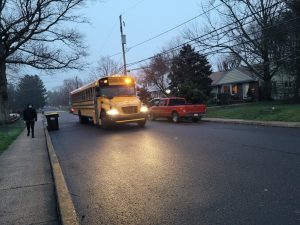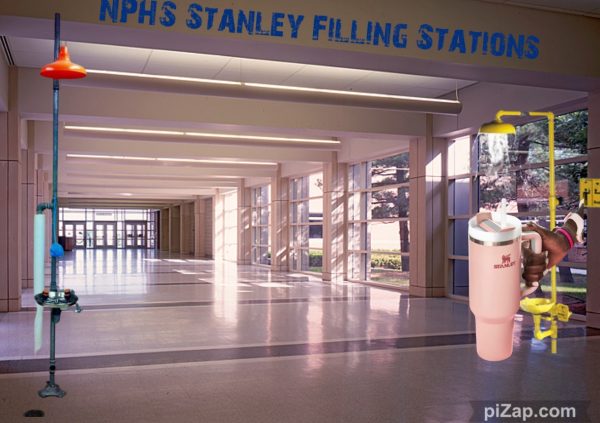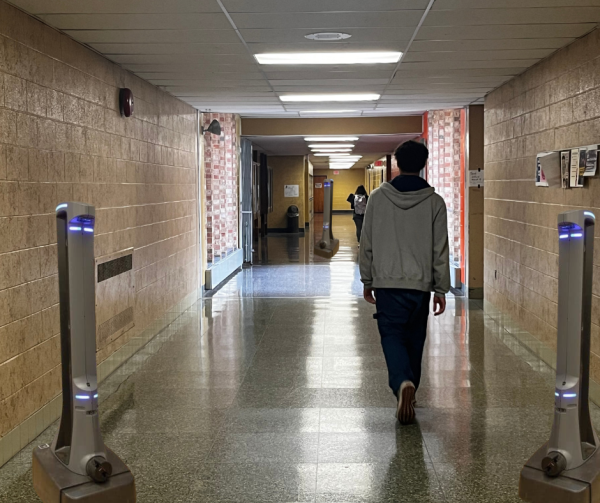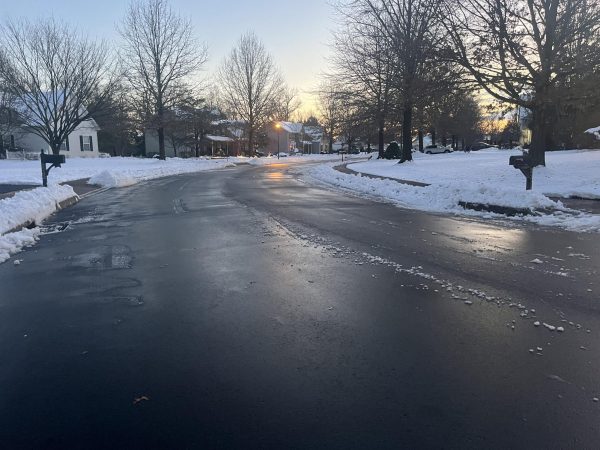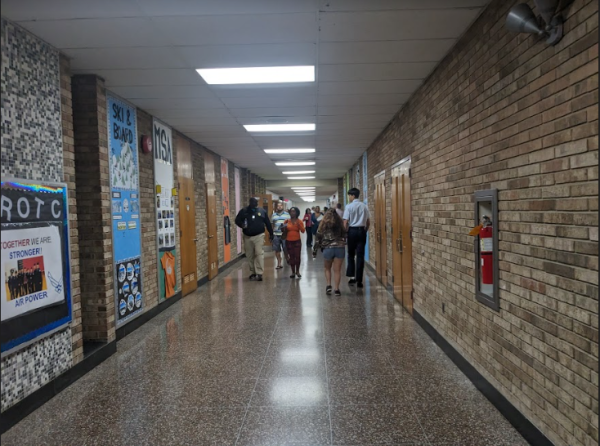Later Start Times Work – and the Benefits Outweigh the Negatives
April 28, 2022
In the past year, since coming back from a model of schooling where you could wake up mere minutes before school would start and open up class from your bed, many students have complained about early start times and feeling tired throughout the school day. North Penn’s standard high school start time is at 7:21 A.M., requiring some students to wake up as early as 5:00 A.M. in order to make it to school on time. However, one of the largest school districts in the country, the Philadelphia School District, has made the decision to change high school start times to begin at 9:00 A.M. every day beginning in the 2022-23 school year. If North Penn decided to adopt similar plans, how would this affect our students – both in school, and otherwise?
In polls conducted among 93 North Penn High School students through Instagram and Google Forms polls, 90% of students stated that they don’t get enough sleep during the school week. 80% of students reported falling asleep more often in school this year than in previous years, and 49% of students also reported working during the week, with 38% of this reporting working until 10:00 PM or later. All in all, 82% of North Penn students surveyed believed that a start time of 9:00 AM or later would be more beneficial than our current start time.
One major factor that people in schools such as North Penn have struggled with has been the abnormally early start times, especially for High School-aged students, who are still growing and developing, therefore requiring more sleep than the average adult. North Penn, for example, begins its school day at 7:21 A.M., meaning that some students have to wake up in the late 5-o’clock hour to get to school.
In high school, however, another factor has to be considered; the fact is that some students work in the evenings, into the nighttime
Here in Pennsylvania, the latest a teenager under 18 can work is 10:00 P.M. during the school year, and many workplaces don’t tiptoe around this. While businesses such as retailers who employ teenagers often don’t break these child labor laws, they stretch them to the fullest extent, working their teenage employees as late as they can. If a student works until 10:00 P.M., then has to drive 15 minutes home, get showered, eat dinner, and get ready for bed, they just might be in bed by 11:00 at night, not by choice, either. If they’re required to wake up at around 5:45 A.M., they’ve gotten under the minimum of 8 hours of sleep that the CDC recommends for teenagers 18 and under.
Some school districts have taken notice of all these factors, and made the decision to stagger school start times – and one good, local example of this is Philadelphia Area School District. They’re in a situation much like North Penn’s; they’re a large, regional school district, looking for a superintendent as we speak, however, what separates us from them, other than a couple dozen miles, is their high school start times for the 2022-2023 school year.
PSD has made the executive decision to stagger their high school start times from 7:30 A.M., much like North Penn’s, to a more reasonable 9:00 A.M. This decision inevitably comes with backlash from some, however, who argue that the later dismissal times are more destructive than any worth the benefits that the later start times could bring.
While some will argue that later start times will lead to less time after school, due to later dismissal times as well, many would argue that the positives of a later start time outweigh the negatives of a later dismissal. While a later dismissal would stagger some students’ shifts, it could be argued that it is more beneficial for students to be well-rested throughout the day and throughout their after-school shifts then for them to get more hours in.


